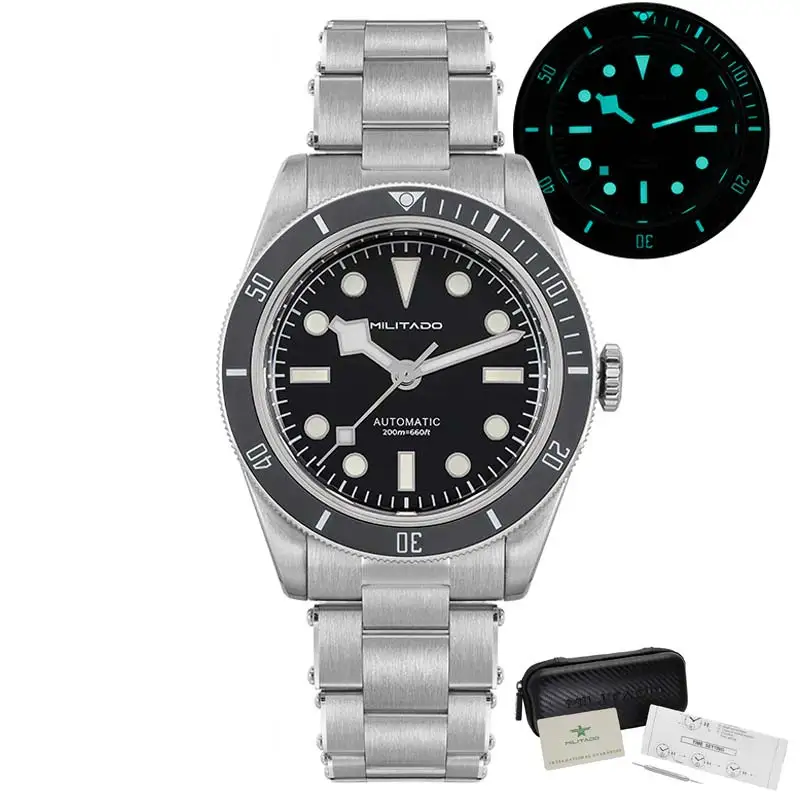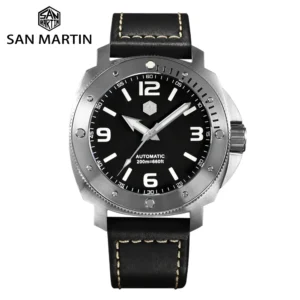Introduction
Automatic watches represent the pinnacle of traditional watchmaking craftsmanship. Unlike their battery-powered counterparts, these self-winding mechanical marvels harness the natural motion of your wrist to power their intricate inner workings. But how long can you expect these mechanical timepieces to last?
With proper care and maintenance, automatic watches can last for decades or even generations. A well-made automatic watch isn’t just a timekeeping device—it’s a potential family heirloom that can be passed down through generations. However, the actual lifespan varies significantly based on three crucial factors: the watch’s quality, how well it’s maintained, and your daily usage habits.
In this comprehensive guide, we’ll explore the fascinating mechanics behind automatic watches, examine the factors that determine their longevity, and provide practical advice to help your prized timepiece stand the test of time. Understanding the historical evolution of watch engineering provides valuable context for appreciating the durability of today’s automatic watches.
What Is an Automatic Watch? Understanding the Mechanics
Before discussing longevity, it’s important to understand what makes automatic watches unique. Unlike quartz watches that rely on batteries, automatic watches are mechanical marvels that power themselves through the wearer’s natural motion.
The core components that affect an automatic watch’s lifespan include:
- Rotor – The semi-circular weight that rotates with wrist movement
- Mainspring – The power storage component that gradually unwinds to release energy
- Gear train – The series of wheels that transfer power from the mainspring to the timekeeping components
- Escapement – The mechanism that regulates power release, creating the characteristic “tick” sound
- Jewels – Synthetic rubies or sapphires that reduce friction at pivot points
The complexity of these components explains why automatic watches require special care. Different movement quality grades significantly impact longevity. Common movement types include the workhorse ETA 2824-2, the reliable Seiko NH35, and the slimmer Miyota 9015—each with different durability characteristics.
Our comprehensive selection of automatic watches showcases various movement types designed for different lifespans and performance characteristics. The intricate mechanics behind how day-date automatic watches work demonstrates the engineering precision that contributes to longevity when properly maintained.
Expected Lifespan of an Automatic Watch: By the Numbers
When discussing automatic watch longevity, we need to distinguish between service intervals and total potential lifespan:
| Quality Level | Service Interval | Potential Lifespan with Proper Care |
|---|---|---|
| Entry-level | 5-7 years | 20-30+ years |
| Mid-range | 5-7 years | 30-50+ years |
| Luxury | 3-5 years | Generations (50+ years) |
With proper maintenance, an automatic watch has what watchmakers call “forever potential.” While parts will eventually wear and require replacement, a well-maintained automatic watch can theoretically last indefinitely as long as replacement parts remain available.
Critical components have different lifespans:
* Lubricants typically degrade within 5-7 years
* Gaskets and seals need replacement every 2-5 years to maintain water resistance
* Mainsprings may last 10-15 years before losing optimal power
* Gear train components can last decades with proper lubrication
The evolution of dive watch technology over the decades has significantly improved component durability, with modern materials and manufacturing techniques extending potential lifespans considerably compared to vintage timepieces.
Quality Factors That Determine Your Watch’s Longevity
The quality of an automatic watch is the foundation of its longevity potential. Several key factors determine how long your timepiece might last:
Movement Grade and Manufacturer
Movement quality varies dramatically, from basic workhorse mechanisms to elaborately finished high-grade calibers. Swiss movements are typically categorized as Standard, Elaboré, Top grade, or Chronometer grade—each representing improvements in materials, finishing, and regulation that contribute to longevity.
Material Quality
The materials used in movement construction significantly impact durability:
* Brass components are common in entry-level movements but wear faster
* Stainless steel parts found in higher-grade movements offer superior durability
* Some premium watches use exotic materials like silicon for enhanced performance
Jewel Count and Quality
Jewels (typically synthetic rubies) serve as bearing surfaces to reduce friction. While the basic functionality requires 17 jewels, many quality movements contain 25-31 jewels. These additional jewels reduce wear at secondary pivot points, extending the movement’s life.
Case Construction
A watch’s case provides critical protection for the delicate movement inside. Water resistance ratings, case material thickness, and crystal quality all determine how well the watch resists environmental threats.
Crystal Type
The watch crystal (the clear cover over the dial) plays a major role in protecting the movement:
* Acrylic crystals scratch easily but resist shattering
* Mineral crystals offer better scratch resistance but can shatter under impact
* Sapphire crystals provide superior scratch protection but at higher cost
Our collection of professional-spec dive watches exemplifies robust construction specifically engineered for extended lifespan, even under demanding conditions.
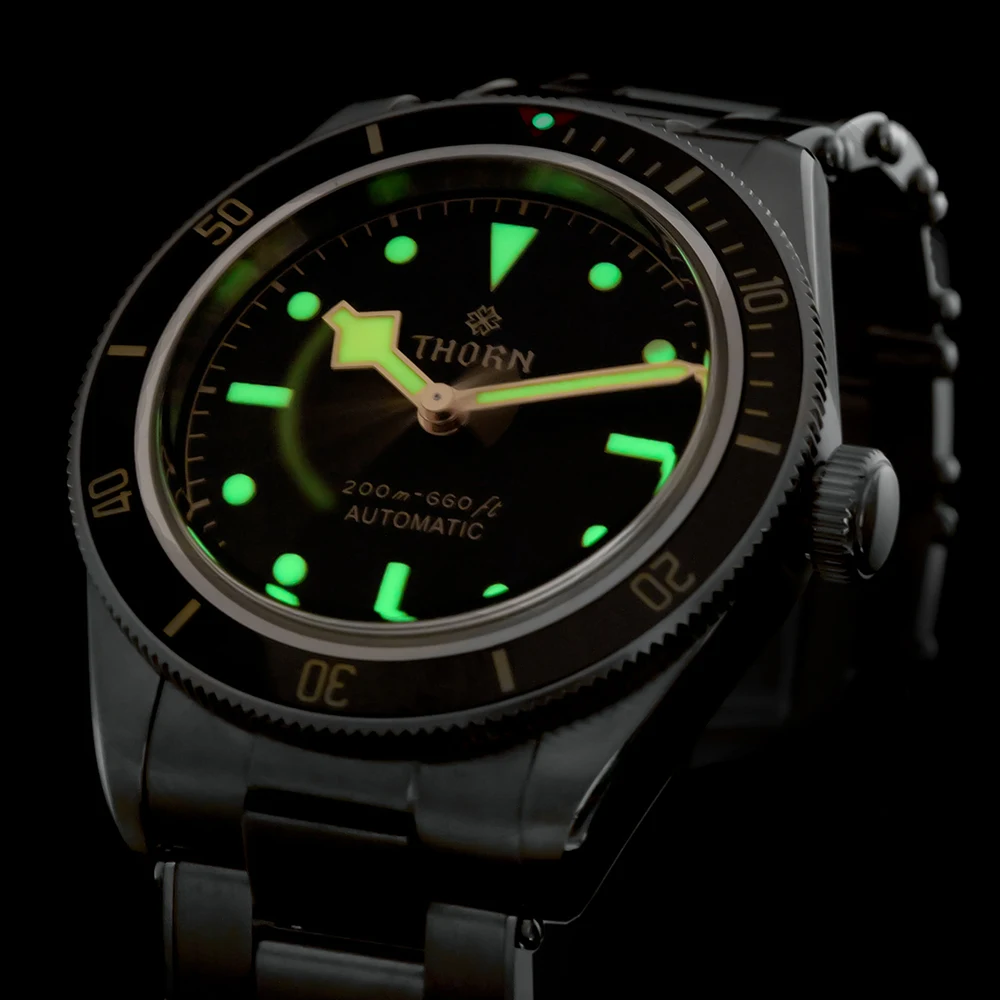
The Critical Role of Regular Servicing
Regular servicing is the single most important factor in extending your automatic watch’s life. Without maintenance, even the finest timepieces will eventually fail.
A complete watch service typically includes:
* Complete disassembly of the movement
* Ultrasonic cleaning of all components
* Inspection for worn or damaged parts
* Replacement of worn components as needed
* Fresh lubrication with appropriate oils and greases
* Reassembly and timing adjustment
* Gasket replacement and water-resistance testing
* Case and bracelet polishing/refinishing
Recommended service intervals vary by manufacturer and usage conditions, but generally:
* Entry to mid-range watches: Every 5-7 years
* Luxury or chronograph watches: Every 3-5 years
* Watches used in harsh conditions: More frequent servicing
Neglecting service can lead to accelerated wear, reduced accuracy, and eventually complete movement failure. While servicing represents an ongoing cost of ownership, it’s far less expensive than replacing a damaged movement.
The milestones in underwater watch engineering highlight how maintenance requirements have evolved alongside advances in water resistance technology, with modern watches requiring less frequent but more specialized service.
Signs Your Automatic Watch Needs Servicing
Knowing when to service your watch is critical for preserving its lifespan. Watch for these warning signs:
Decreased accuracy – If your watch suddenly gains or loses more than 20-30 seconds per day (beyond its rated accuracy), internal issues may be developing.
Reduced power reserve – If your fully-wound watch doesn’t run as long as it used to, the mainspring or gear train may need attention.
Unusual sounds – Clicking, scraping, or rattling noises can indicate loose, damaged, or misaligned components.
Moisture under the crystal – Any sign of condensation inside the watch indicates compromised water resistance and requires immediate attention.
Stiff crown operation – Difficulty winding or resistance when setting time might signal worn or damaged winding components.
Date mechanism issues – Sluggish date changes or dates stuck between positions often indicate lubrication problems.
Positional variance – If accuracy varies dramatically depending on how the watch is positioned when not worn, regulation issues may be present.
Our selection of automatic field and military watches are designed with robustness in mind, but even these durable timepieces exhibit these warning signs when maintenance is due.
Daily Habits That Extend Your Watch’s Life
Simple daily practices can significantly extend your automatic watch’s lifespan:
Proper winding techniques – If your automatic watch has stopped, give it 20-30 gentle winds before wearing. Avoid overwinding by stopping when you feel resistance.
Correct time setting – Always adjust the date and time by moving forward, not backward. Avoid changing the date between 9 PM and 3 AM when the date mechanism is engaged.
Smart storage – Store unworn watches in a cool, dry place away from direct sunlight. Consider a watch winder for watches worn in rotation to maintain lubrication distribution.
Magnetic field awareness – Keep your watch away from speakers, magnetic closures, and electronic devices that generate magnetic fields, which can disrupt timekeeping.
Water resistance maintenance – Even water-resistant watches should be rinsed in fresh water after exposure to saltwater or chemicals. Have water resistance tested annually if you regularly expose your watch to water.
Regular cleaning – Wipe your watch with a soft, slightly damp cloth regularly to prevent dirt buildup, especially in bracelet links and case crevices.
The transparent design of skeleton watches exposing their movements makes it easier for owners to visually monitor the condition of internal components and detect early signs of contamination.
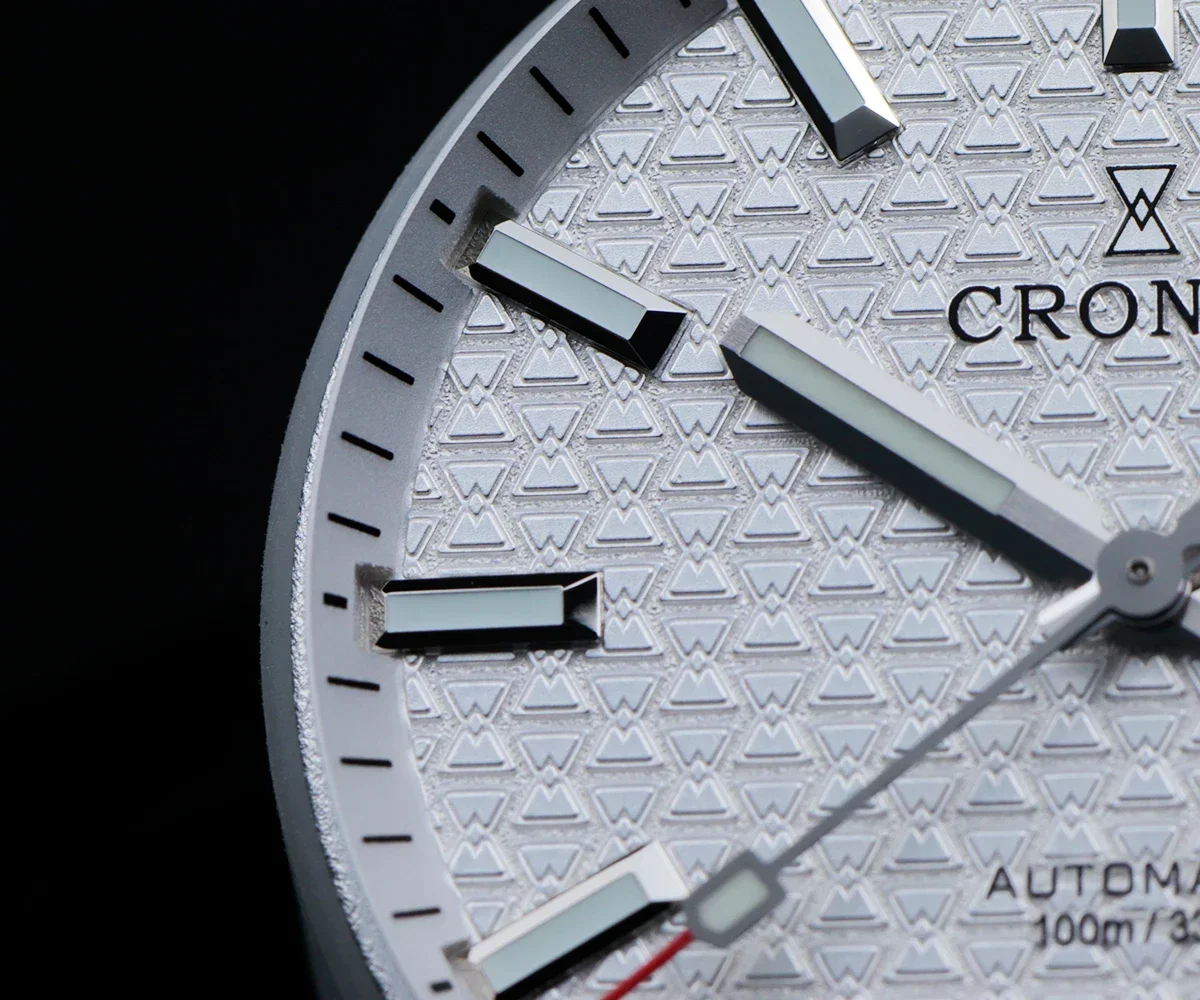
How Different Environments Affect Automatic Watch Longevity
Environmental factors significantly impact your watch’s lifespan:
Humidity and moisture pose perhaps the greatest threat to automatic watches. Even watches with good water resistance can suffer if humidity penetrates the case, causing components to corrode or lubricants to break down more quickly.
Temperature extremes affect lubricant viscosity and can cause components to expand or contract beyond their design parameters. Avoid leaving watches in hot cars or exposing them to freezing temperatures for extended periods.
Dust and debris that enter a watch case act as abrasives, accelerating wear on precision components. Even microscopic particles can cause damage over time if they reach the movement.
High-vibration environments like motorcycle riding or operating power tools can affect timekeeping accuracy and potentially loosen components over time. Consider a shock-resistant model if these activities are common in your lifestyle.
Saltwater exposure is particularly corrosive, even to stainless steel cases. Always rinse thoroughly with fresh water after ocean swimming.
Titanium automatic watches offer superior corrosion resistance for those who frequently expose their timepieces to challenging environments, providing an extra margin of durability against environmental factors.
Automatic vs. Other Watch Types: Comparative Longevity
Understanding how automatic watches compare to other watch types helps set realistic expectations:
| Watch Type | Typical Lifespan | Maintenance Needs | Common Failure Points |
|---|---|---|---|
| Automatic | Decades to generations | Service every 5-7 years | Lubricant degradation, mainspring fatigue |
| Manual Wind | Decades to generations | Service every 5-7 years | Similar to automatic but without rotor issues |
| Quartz | 10-20 years | Battery change every 1-3 years | Circuit failure, motor wear |
| Smart Watch | 2-5 years | Software updates, battery replacement | Battery degradation, obsolete technology |
While quartz watches offer superior short-term accuracy with minimal maintenance, they typically have shorter overall lifespans due to electronic components that eventually fail and may not be replaceable. Automatic watches require more maintenance but can outlive their owners with proper care.
Manual wind watches share many longevity characteristics with automatic watches but eliminate potential rotor-related issues, sometimes resulting in even longer potential lifespans for these simpler mechanisms.
Can an Automatic Watch Last a Lifetime? The Heirloom Factor
Many automatic watches are explicitly designed to serve as generational heirlooms. The possibility of multi-generational longevity depends on several factors:
For a watch to truly last generations, it requires:
* High-quality initial construction with durable materials
* Consistent maintenance throughout its life
* Availability of replacement parts (easier with established brands)
* Protection from extreme conditions and abuse
Many vintage automatic watches from the mid-20th century remain fully functional today, demonstrating the potential for multi-generational longevity. Brands with long histories often maintain part production or stockpiles specifically to service vintage models.
Beyond functionality, many automatic watches develop character with age. Patina on dials, case wear that tells a story, and the sentimental connection to previous owners add emotional value beyond the watch’s mechanical worth.
The timeline of diving watch innovations showcases numerous examples of timepieces that have demonstrated remarkable longevity, continuing to function decades after their production.
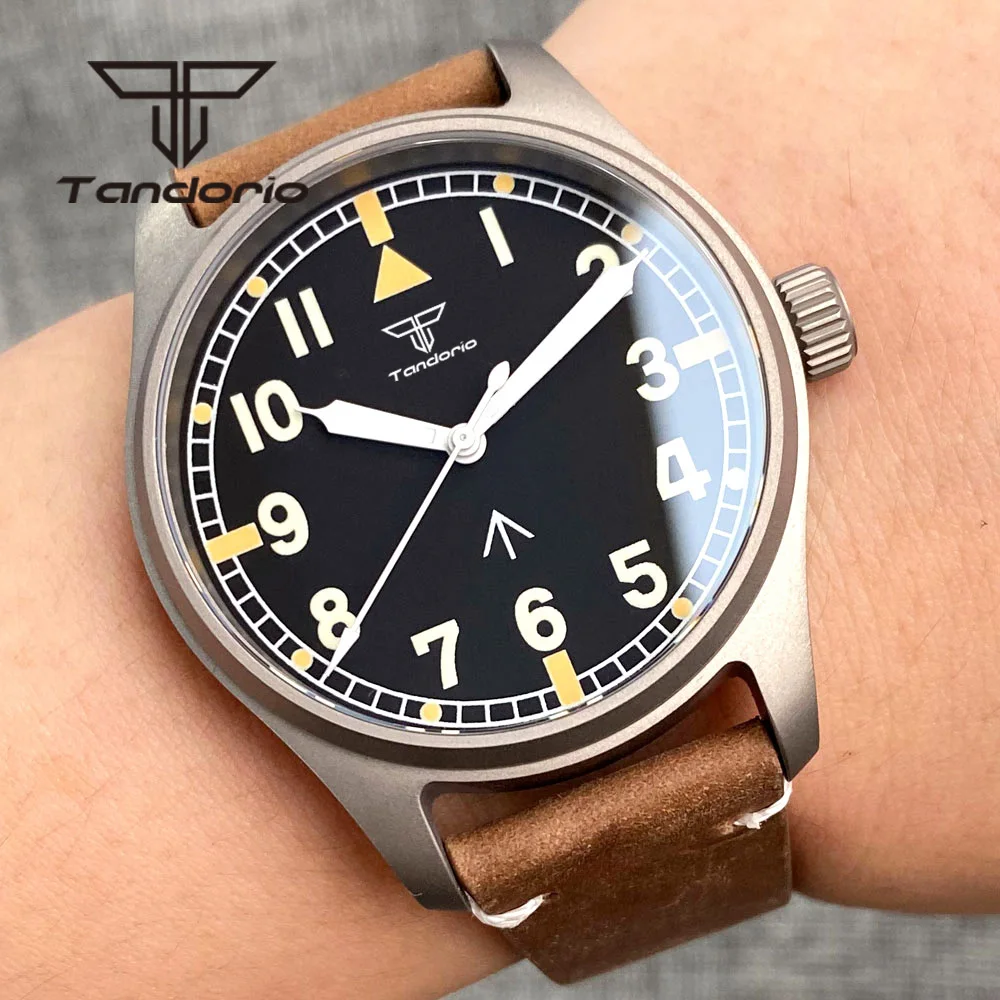
How to Choose an Automatic Watch for Maximum Longevity
If long-term durability is your priority when selecting an automatic watch, consider these factors:
- Movement reputation – Research the reliability history of the specific movement
- Brand service support – Established brands with good service networks ensure future maintenance
- Water resistance rating – Even if you don’t swim, better water resistance generally indicates superior case sealing
- Crystal material – Sapphire offers the best scratch protection for long-term clarity
- Case material – Stainless steel, titanium, and precious metals offer different durability profiles
- Shock protection system – Look for watches with systems like Incabloc, Diashock, or KIF
- Antimagnetic properties – Watches with antimagnetic components resist a common cause of performance issues
Longevity Checklist:
– [ ] Movement from established manufacturer with proven track record
– [ ] At least 50m water resistance (100m preferred for daily wear)
– [ ] Sapphire crystal
– [ ] Adequate shock protection
– [ ] Service network availability
– [ ] Stainless steel or better case material
– [ ] Screw-down crown (for enhanced water/dust protection)
Our collection of automatic dive watches exemplifies these durability-focused features, making them excellent candidates for long-lasting timepieces.
Military Inspired Automatic Watches, Rugged Automatic Watches, Tactical Automatic Watches
Price range: $852.14 through $994.60 Select options This product has multiple variants. The options may be chosen on the product pageClassic Automatic Dress Watches, Day Date Automatic Watches, Perpetual Calendar Automatic Watches
Price range: $540.60 through $574.60 Select options This product has multiple variants. The options may be chosen on the product pageAutomatic Chronograph Watches, Chronograph Pilot Watches
Price range: $233.36 through $237.58 Select options This product has multiple variants. The options may be chosen on the product pageClassic Automatic Dress Watches, GMT Automatic Watches, GMT Pilot Watches
Price range: $1,240.86 through $1,463.33 Select options This product has multiple variants. The options may be chosen on the product pageAutomatic Chronograph Watches, Classic Style Dive Watches
$3,053.06 Select options This product has multiple variants. The options may be chosen on the product pageAutomatic Skeleton Watches, Open Heart Automatic Watches
$98.36 Select options This product has multiple variants. The options may be chosen on the product page
Conclusion
An automatic watch represents more than just a timekeeping instrument—it’s a mechanical marvel that connects generations through craftsmanship and care. While no watch lasts forever without attention, a quality automatic timepiece can serve reliably for decades and potentially generations with proper maintenance.
The three key factors determining your watch’s longevity remain consistent: initial quality, regular professional maintenance, and mindful daily habits. By investing in a well-made watch, committing to regular servicing, and developing good ownership habits, you’re not just buying a watch—you’re investing in a potential family heirloom.
Remember that the true value of an automatic watch extends beyond mere timekeeping. These mechanical marvels represent traditional craftsmanship in an increasingly digital world, making them worth the care they require to stand the test of time.

